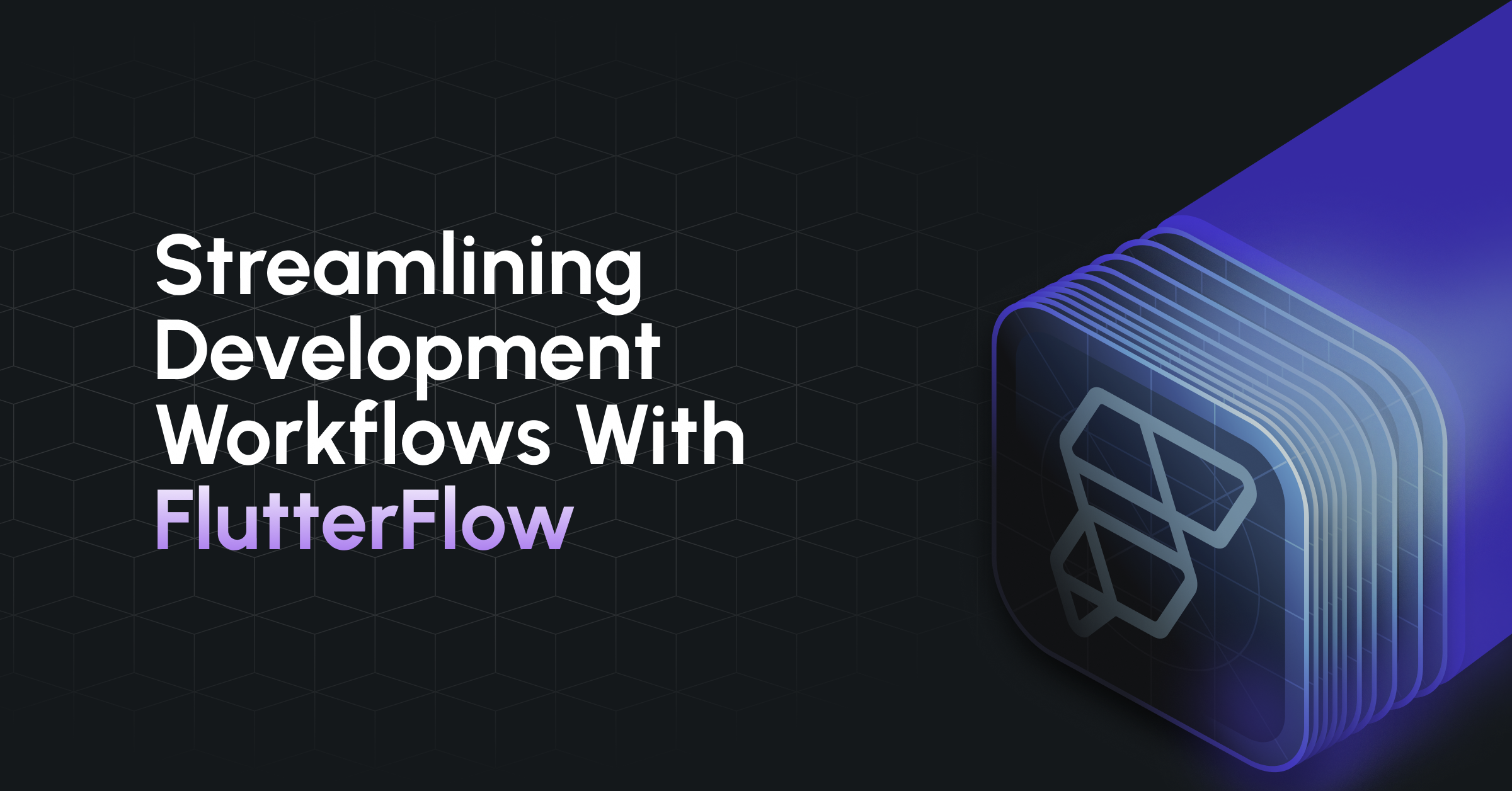Shipping an app is rarely about building features alone. Teams also need to manage environments, test changes, maintain consistency, and move updates safely from development to production. Without a streamlined workflow, even simple changes can slow down release cycles and increase the risk of errors.
FlutterFlow helps solve this by combining a visual builder with tools for automation, version control, and modular development. By using these features together, you can create a workflow that is faster, more reliable, and easier for teams to collaborate on.
Use Multiple Environments
One of the most powerful workflow features in FlutterFlow is development environments. Instead of testing new features directly in production, you can create dedicated environments such as Dev, Staging, and Production.
- Each environment can have its own values (for example, API keys or database URLs).
- Developers can safely test in staging before promoting changes to production.
- Switching between environments is simple, so you always know where your app is running.
Docs: Development Environments
Automate Testing
Bugs caught early save time later. FlutterFlow supports automated testing, so you can validate critical flows without manually clicking through the app every time.
- Run automated tests locally or through Firebase Test Lab.
- Test across multiple devices and OS versions.
- Use these tests as part of your CI/CD process to prevent regressions.
Docs: Automated Tests
Reuse Work with Components and Libraries
Consistency is often the hardest part of scaling projects. FlutterFlow’s Components and Libraries make reuse simple.
- Components: Reusable UI elements like buttons, forms, or cards that can accept parameters and callbacks.
- Libraries: Entire FlutterFlow projects packaged as dependencies. Perfect for reusable features like authentication, payments, or onboarding flows.
Instead of duplicating work across projects, you build once and share everywhere. This reduces bugs, improves consistency, and accelerates delivery.
Docs: Using Components and Libraries
Automate Builds and Deployments
Manual deployments can introduce risk and delay. By integrating FlutterFlow into a CI/CD pipeline, you can automate builds, tests, and releases.
Options include:
- FlutterFlow CLI: Export your code programmatically and integrate with your existing tooling. (flutterflow_cli)
- Custom pipelines: For example, deploying a FlutterFlow web app to Firebase Hosting using GitHub Actions. (step-by-step guide)
This allows teams to merge changes with confidence and deliver updates faster.
Configure at the Native Level
Sometimes, streamlining workflows requires fine-tuning native behavior. FlutterFlow allows developers to edit configuration files for Android and iOS directly.
- Adjust platform settings
- Add custom native integrations
- Ensure environment-specific configurations are respected
This is especially valuable when moving from prototype to production.
Docs: Configuration Files
Bringing It Together
A streamlined workflow is not just about speed; it is about reducing risk and enabling collaboration. With FlutterFlow you can:
- Use multiple environments to separate development, staging, and production
- Run automated tests to catch issues early
- Share Components and Libraries for consistency and scale
- Automate builds and deployments with CLI and CI/CD pipelines
- Fine-tune native configuration files when needed
By combining these tools, teams can ship faster, avoid bottlenecks, and keep their apps stable as they grow.

